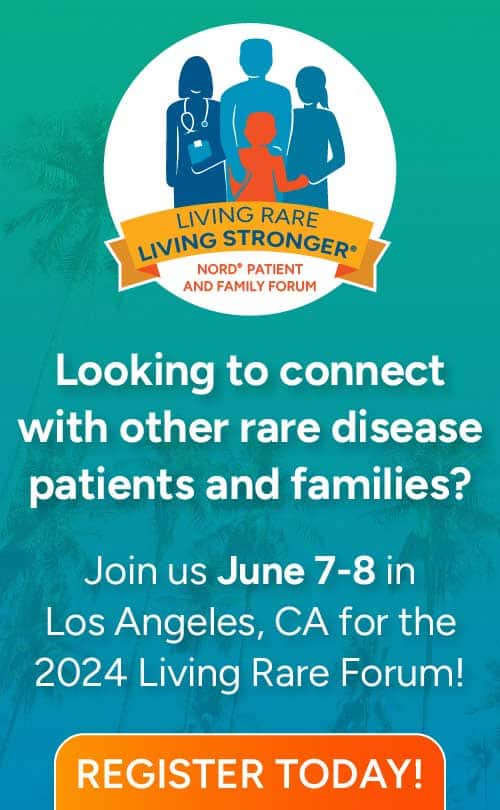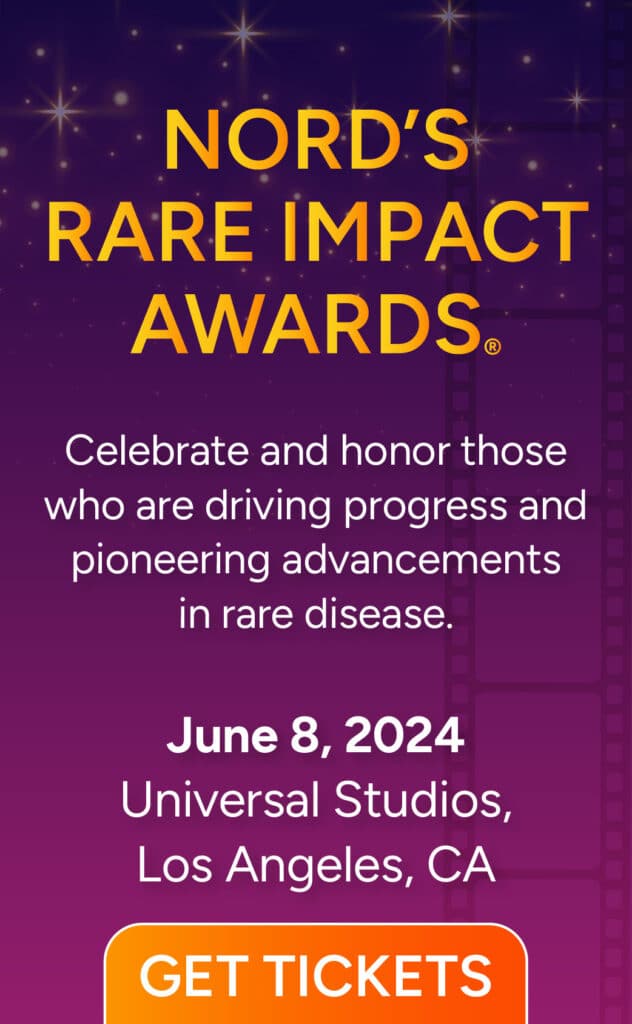Washington, D.C., May 30, 2018—The National Organization for Rare Disorders (NORD) today launched RareInsights™, its new initiative to expand public knowledge of rare diseases and translate that knowledge into real-world solutions for patients and families, and kicked off the program with the infographic 5 Myths About Orphan Drugs and the Orphan Drug Act.
“At NORD, we believe that it is critical for next generation advocacy to include empirical data in order to affect change,” said Pamela Gavin, Chief Strategy Officer for NORD. “RareInsights is the program through which NORD will release data-driven insights that support rare disease advocacy priorities. It will feature presentations of data-based information in a variety of accessible formats, including white papers, infographics, fact sheets, and more.”
The first offering from RareInsights, 5 Myths About Orphan Drugs and the Orphan Drug Act, is an infographic that addresses some of the most common misperceptions as identified in a recent study commissioned by NORD and published by the QuintilesIMS Institute (now IVQIA). The study analyzed the role of the Orphan Drug Act and orphan drug usage and costs in the context of public policy and health care financing issues in the rare disease community.
The 5 Myths touch on hot button topics including the limited role that orphan drug costs contribute to overall health care costs, distinguishing between specialty vs orphan drugs, and the benefits of the Orphan Drug Act.
According to NORD President and CEO Peter L. Saltonstall, there are many misconceptions about orphan drug costs and about the benefits of the Orphan Drug Act. “The QuintilesIMS study provided data reinforcing the basic value of the Orphan Drug Act and quantifying orphan drug spending within the broader context of total drug sales. Simply put, orphan drug spending is not as substantial as has been reported. As NORD marks its 35th anniversary and the 35th year of the Orphan Drug Act, we look forward to continuing to provide the voice of the rare disease patient community and playing a vital role in these discussions,” he said.
About 7,000 rare diseases have been identified, affecting 25 to 30 million Americans. Of the 7,000 that exist, fewer than 500 rare diseases have FDA-approved treatments. Many affect only a few hundred or a few thousand individuals. Rare diseases tend to be chronic, serious and life-threatening. More than 80% are believed to be genetic. The Orphan Drug Act is a catalyst for incentivizing interest in developing treatments for rare diseases and is critical for continuing to close the gap for the 95% of patients who are still without any approved treatment options.
Editor’s note: Peter L. Saltonstall, President and CEO of NORD, is available for interviews on RareInsights and the 5 Myths About Orphan Drugs and the Orphan Drug Act. Contact Laura Mullen at lmullen@rarediseases.org.
###



